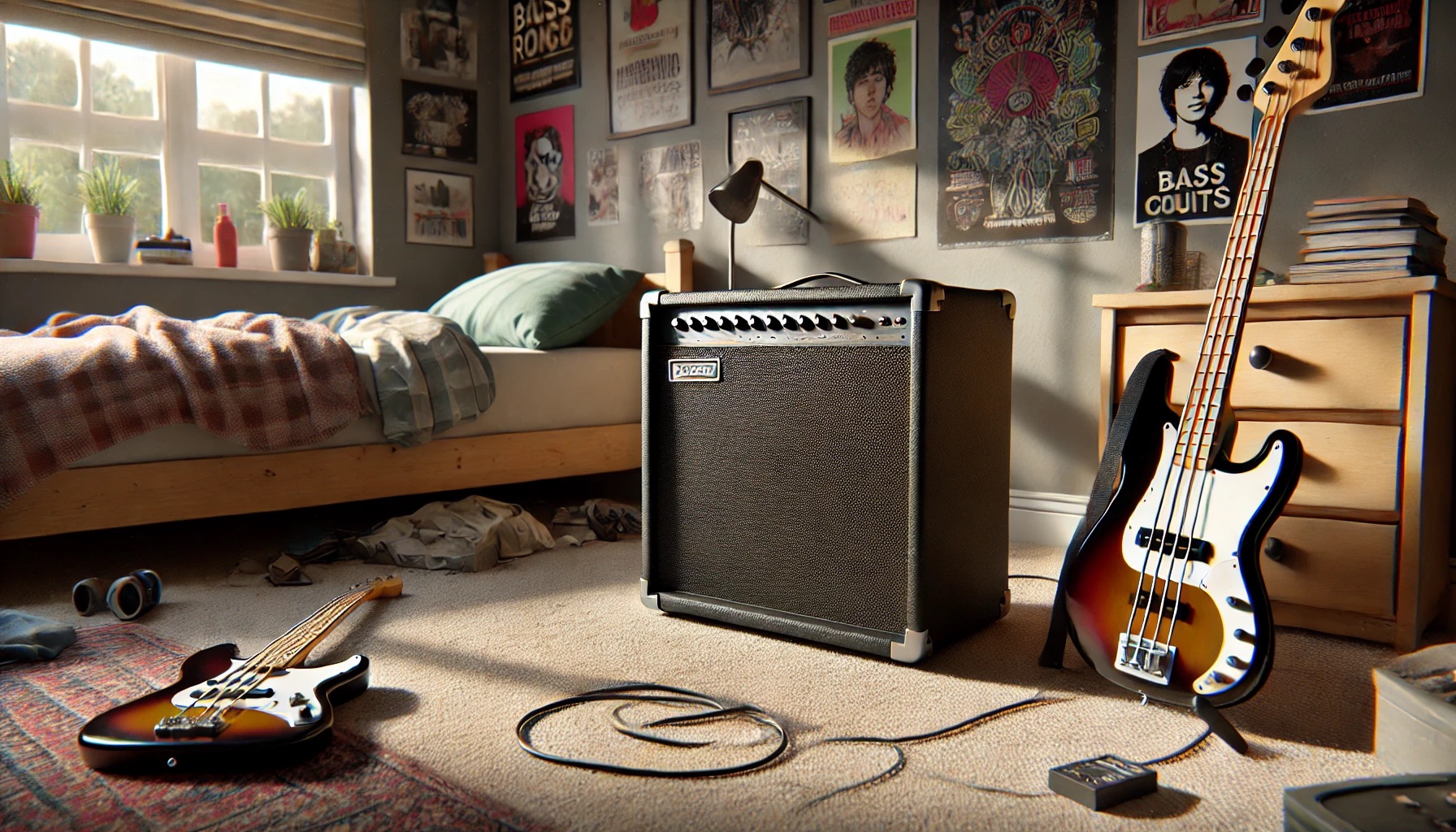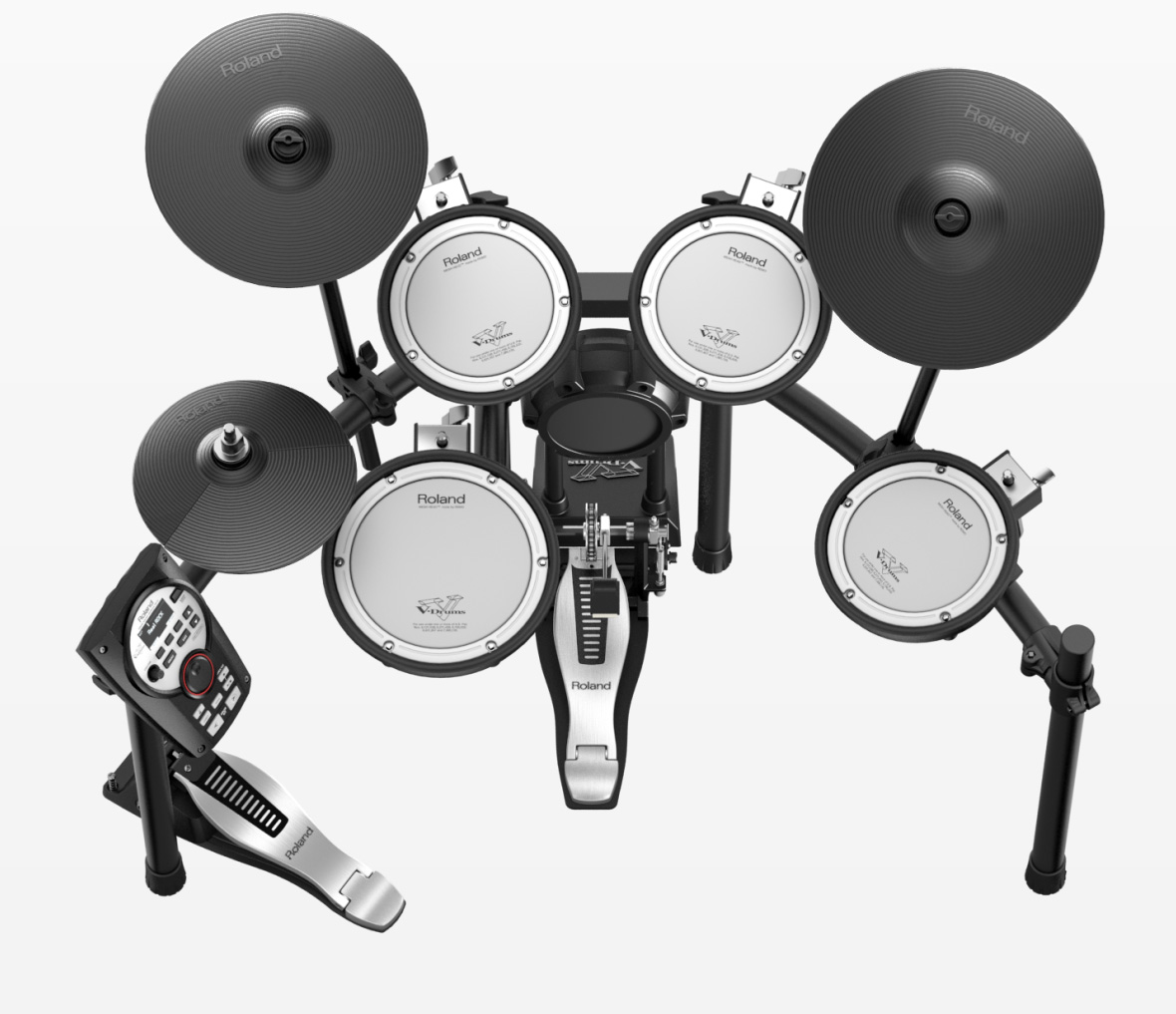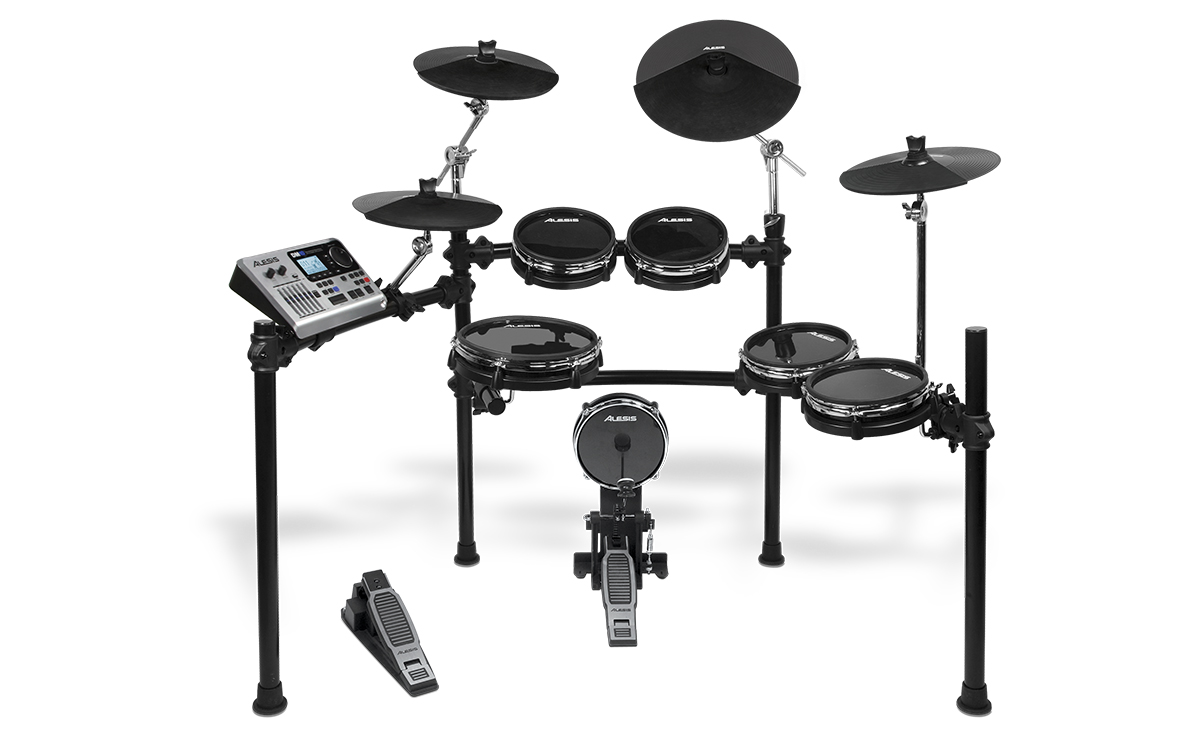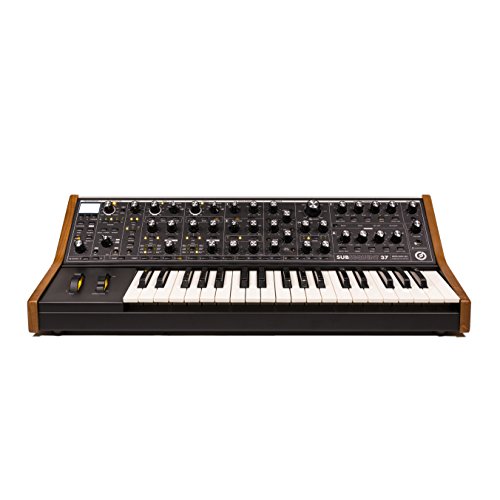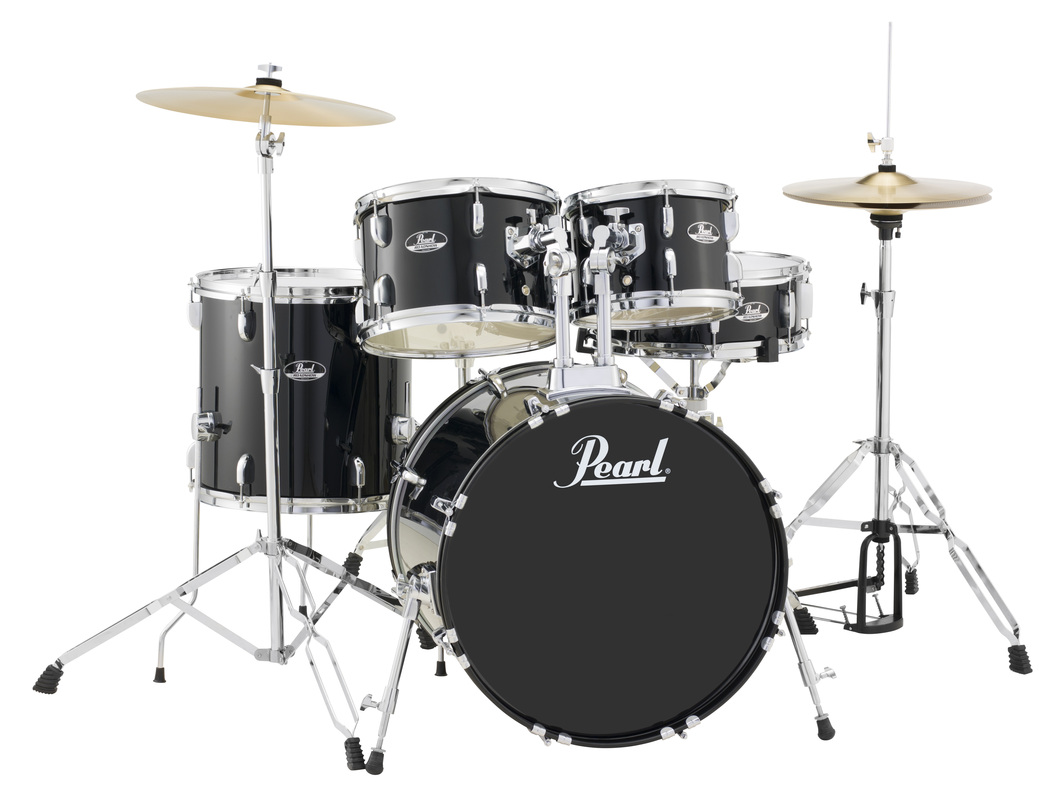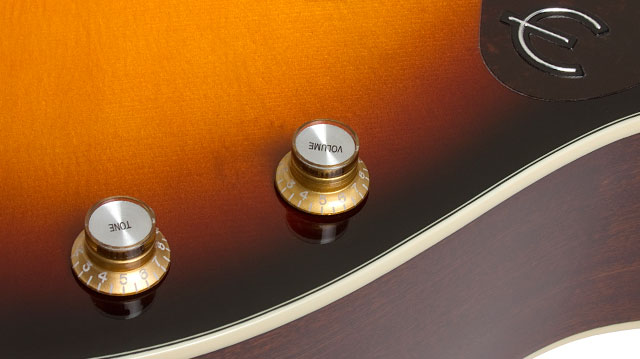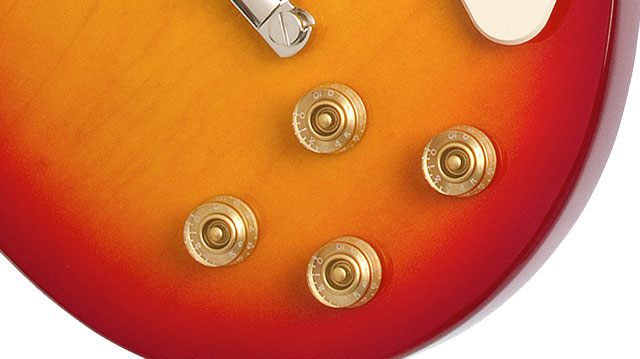
Music filled American kitchens long before portable speakers and smartphones came along. In the 1970s, Frigidaire introduced the first musical refrigerator, complete with a built-in radio and cassette player that let families enjoy their favorite tunes while preparing meals. Around the same time, wall-mounted intercom systems brought AM/FM radio to every room, helping families stay connected while listening to music and news throughout their homes.
These innovative musical appliances joined a host of other clever kitchen features that have largely disappeared from modern homes. Just as milk doors once welcomed daily dairy deliveries and built-in flour sifters helped create perfect cakes, these musical additions made kitchen time more enjoyable for busy families. While today’s smart fridges offer Bluetooth speakers and colorful LED displays, they’ve lost the simple charm of those early all-in-one entertainment solutions that brought radio directly into kitchen appliances. The story of music in the kitchen mirrors the broader evolution of home design – from specialized built-in features to the flexible, portable solutions we use today.
12. Musical Fridges

The concept of musical refrigerators first appeared in 1974 when Frigidaire introduced models with built-in radios and cassette players. These innovative appliances aimed to merge entertainment with everyday kitchen functionality by clearing up space a radio would have taken up while still allowing you to enjoy a program while cooking.
Today, the idea of the “musical fridge” exists in some capacity thanks to the advent of smart fridges, but these fridges do not feature radios. Compared to back then, these appliances have evolved significantly, incorporating Bluetooth speakers, LED color-changing panels, and smart home integration – instead of playing off a radio though, they play music directly from your phone.
11. Wall-Mounted Can Openers
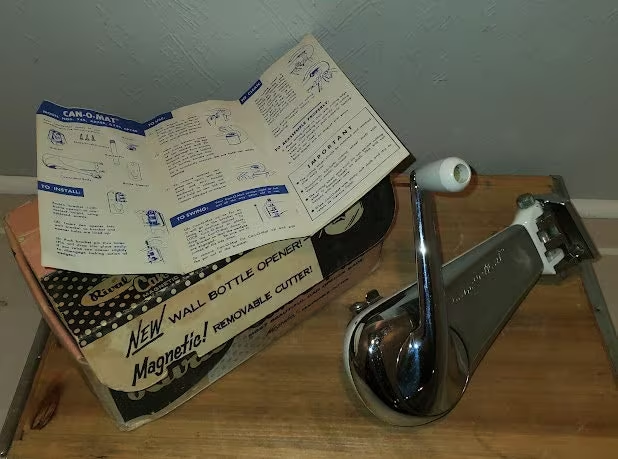
Families in the mid-20th century relied on wall-mounted can openers for their daily cooking needs. The sturdy devices, mounted at just the right height on kitchen walls, made quick work of opening canned goods with minimal effort. A sharp cutting wheel paired with a strong magnet kept the process neat and efficient. The all-metal construction stood up to years of daily use, becoming a trusted part of kitchen routines.
Installing these devices meant finding a solid wall stud for proper support, usually near the food preparation area. Many models included useful extras like bottle opener attachments that added to their practicality. The simple mechanical design rarely failed, though regular cleaning prevented food buildup around the cutting wheel. When electric can openers arrived on the scene, many families still kept their trusty wall-mounted version as a reliable backup.
10. Kitchen Intercoms & Radios

Home intercoms emerged in the 1970s as a revolutionary kitchen fixture, combining communication with entertainment. These wall-mounted systems featured built-in AM/FM radios that brought music into every room, making them the earliest form of whole-home audio entertainment. The systems allowed families to communicate throughout the house while enjoying their favorite radio programs, creating a more connected domestic environment.
These systems gradually evolved from simple communication devices into sophisticated home automation tools. Modern versions incorporated video capabilities, remote access, and enhanced audio quality, though the original combination of intercom and radio functionality largely disappeared by the late 1990s.
9. Butler’s Pantry
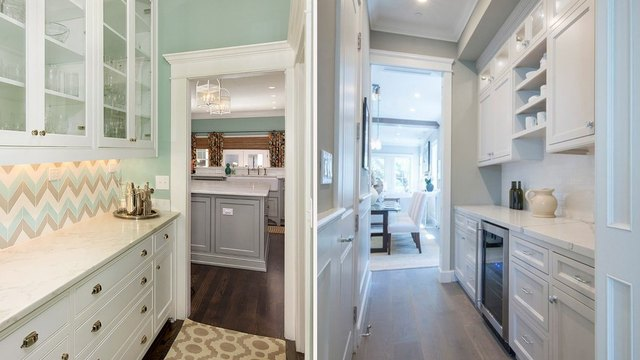
The butler’s pantry served as command central for family meals and entertaining, bridging the gap between kitchen work and dining room elegance. Built-in cabinets with glass doors displayed cherished china and crystal while keeping them dust-free. Families stored their silver in special tarnish-resistant drawers, keeping special occasion pieces ready for holiday gatherings and celebrations. The room’s thoughtful design made entertaining smoother for both casual family meals and formal dinner parties.
Every detail in these pantries served a purpose. A dedicated sink made it easy to hand-wash delicate pieces, while ample counter space allowed for final meal preparations. Special cabinets kept wine at the proper temperature, and convenient electrical outlets powered coffee service and other small appliances. Though rare in modern homes, butler’s pantries remind us of an era when families put special care into their dining traditions.
8. Kitchen-Klatter Radio Program

Kitchen-Klatter revolutionized home entertainment and cooking instruction when it debuted in 1926 on KFNF radio. The program, created by Leanna Field Driftmier, combined family stories, cooking tips, and recipes into a daily broadcast that reached listeners across six Midwestern states. The show created such a strong connection with its audience that it spawned its own product line, including flavorings, cleaning supplies, and a monthly magazine that became staples in Midwestern households.
The program continued for nearly 60 years, ending in December 1985. Kitchen-Klatter’s success demonstrated how radio could transform isolated farmhouse kitchens into connected spaces where women could share experiences and learn new skills. The program’s format is also partially responsible for helping to establish a template for modern cooking shows and home entertainment programming.
7. Formica

Homemakers celebrated when Formica brought affordable, colorful countertops into their kitchens in the 1950s. What started as an electrical insulator in 1912 became the go-to surface for modern homes, offering easy cleaning and stain resistance that made daily kitchen work simpler. The durable material, created by pressing layers of kraft paper and resin together under intense heat, stood up to hot pans and sharp knives remarkably well. Families could choose from an exciting range of patterns that brought personality to their kitchens.
Local hardware stores helped homeowners pick the perfect pattern for their space. Professional installers developed clever techniques for creating seamless corners and perfectly fitted backsplashes. When accidents happened, repairs were straightforward – a replacement piece could quickly restore the counter’s appearance. The material’s durability meant that many original Formica countertops still serve families today, carrying decades of kitchen memories.
6. Linoleum Flooring

Families welcomed linoleum into their homes in the early 1900s, transforming their kitchen floors with vibrant patterns that could withstand years of daily life. The affordable material cleaned up easily after spills and footprints, making it perfect for busy households with children and pets. Home builders praised its durability, while homemakers loved its wide range of colors and designs. The simple combination of natural ingredients – linseed oil, cork dust, wood flour, and resins – created a remarkably tough surface that served families well.
Skilled workers laid linoleum in creative patterns that brought personality to each kitchen. When properly installed and maintained, these floors lasted for decades. Some families chose bold geometric designs, while others preferred subtle floral patterns that complemented their decor. Today’s homeowners can still find linoleum made with the same natural ingredients, but vinyl flooring is far and away more commonly chosen.
5. Ice Box

Before electricity changed home life forever, the ice box kept family meals fresh and milk from spoiling. Every few days, delivery workers hauled heavy blocks of ice up driveways and through kitchen doors, carefully placing them in the top compartment of these wooden boxes. The ingenious design used cork or sawdust insulation to keep food cool, while clever compartments separated different types of food. Most families eagerly awaited their ice deliveries, especially during hot summer months.
Managing an ice box meant planning ahead and watching the weather. Children often helped collect the melting ice water, while parents monitored food placement to make the most of the cooling effect. Ice companies worked year-round to meet household needs, cutting blocks from frozen lakes in winter and storing them in sawdust-filled warehouses for summer use. The arrival of electric refrigerators in the 1930s gradually ended this daily ritual, though many older folks still remember the familiar sound of ice blocks sliding into place.
4. Built-In Flour Sifters

Home bakers in the 1940s welcomed built-in flour sifters as a clever solution to messy baking projects. These handy devices, mounted directly in kitchen cabinets, let bakers sift flour straight into their mixing bowls without the usual countertop mess. The metal screens effectively removed lumps while adding air to the flour, resulting in lighter, fluffier baked goods. Families appreciated how these permanent fixtures simplified their baking routines.
Cabinet makers installed these sifters at comfortable working height, often adding measurement markings for precise portions. The trap door design kept flour dust contained, while simple screen replacement meant years of reliable service. Regular cleaning prevented clogs and kept the mechanism working smoothly. Though pre-sifted flour eventually made these fixtures unnecessary, they represent an era when thoughtful kitchen design focused on making home baking easier and more enjoyable.
3. Electric Coil Stoves

Electric coil stoves revolutionized home cooking by giving cooks precise control over their cooking temperatures. Each burner worked independently, letting home cooks prepare entire meals with careful temperature control. The exposed coils heated quickly and maintained steady temperatures, making familiar recipes more reliable than ever. Families appreciated the safety features that made these stoves less dangerous than their gas counterparts.
Home cooks learned to work with their stoves’ quirks. Drip pans caught inevitable spills, while the replaceable heating elements meant a broken burner didn’t require replacing the whole stove. Many kitchens relied on these sturdy appliances for decades, with some units serving multiple generations of family cooks. Over time, however, these stoves have been replaced by gas or induction cooktops because of problems with uneven heating and “hot spots” as well as their general lack of efficiency.
2. Dumbwaiters

Dumbwaiters brought convenience to multi-story homes, carrying everything from fresh laundry to hot meals between floors without the endless trips up and down stairs. These clever mini-elevators used a simple system of pulleys and counterweights, allowing household staff to move up to 100 pounds of items safely and efficiently. Staff members appreciated the reduced physical strain, while families enjoyed prompt service at mealtimes. The simple mechanical system proved remarkably reliable for daily use.
Regular maintenance kept these workhorses running smoothly year after year. Builders installed essential safety features like secure shaft construction and special door locks to prevent accidents. Some homeowners upgraded to electric motors for easier operation, though many preferred the quiet reliability of manual systems. While most modern homes skip this feature, some larger buildings still maintain their dumbwaiters, proving their lasting utility in moving goods between floors.
1. Milk Doors

The milk door tells a story of daily connections between families and their local dairy. These clever little doors opened to both the outside world and the kitchen, letting delivery workers leave fresh milk without disturbing sleeping households. Each morning, families found their bottles waiting safely in the insulated compartment, protected from weather and passing animals. The secure latches gave peace of mind to both customers and delivery workers.
Home builders carefully placed these doors to make deliveries convenient while maintaining the house’s integrity. Some families used the extra compartment to return empty bottles or leave notes for their milkman. Different styles suited various homes, from simple wooden doors to more elaborate metal versions with special weatherproofing. Though no longer needed, many of these doors remain in older homes, reminding us of a time when fresh milk arrived at daybreak.














